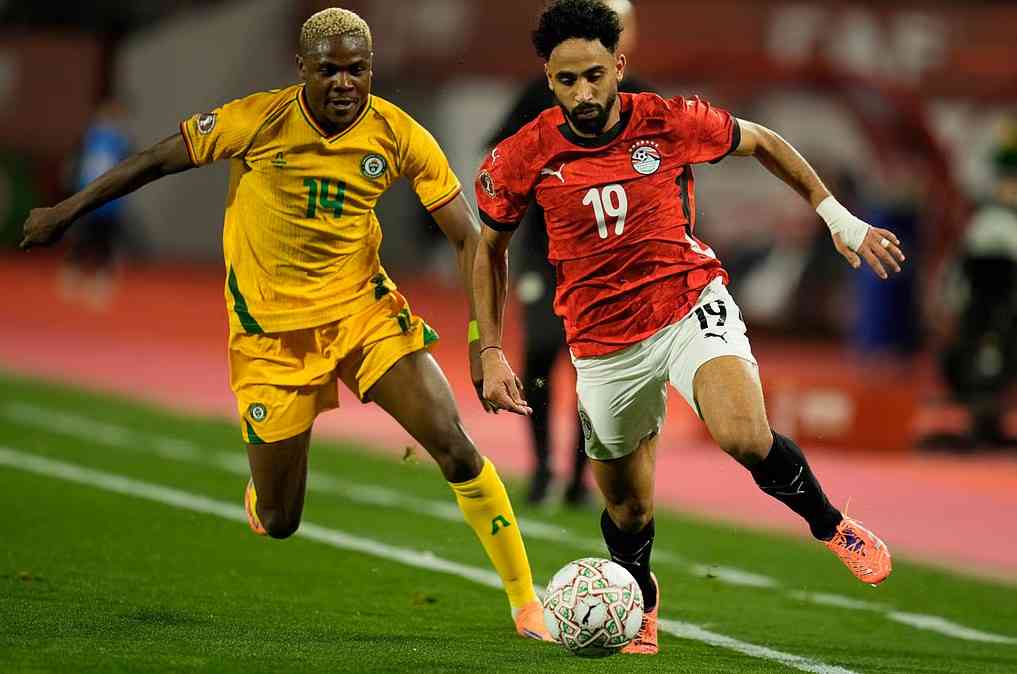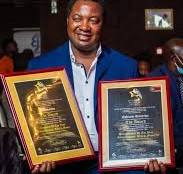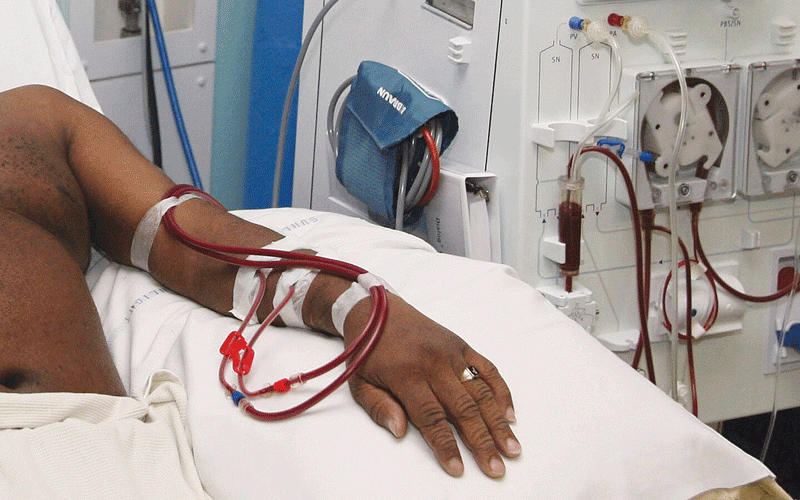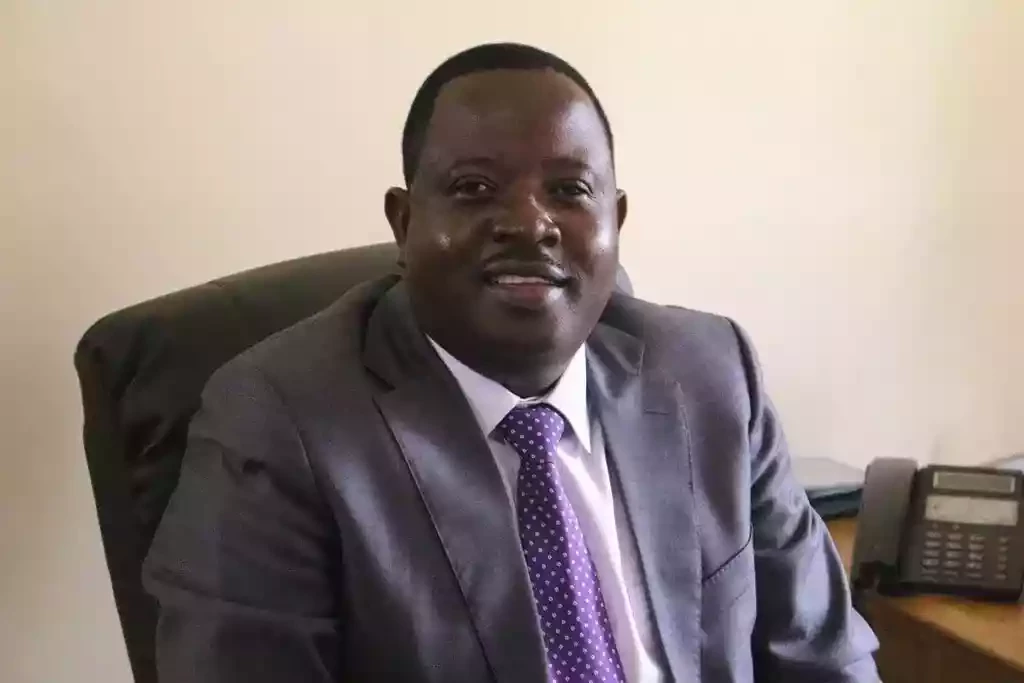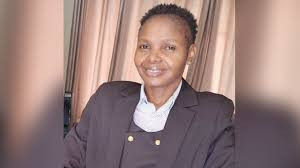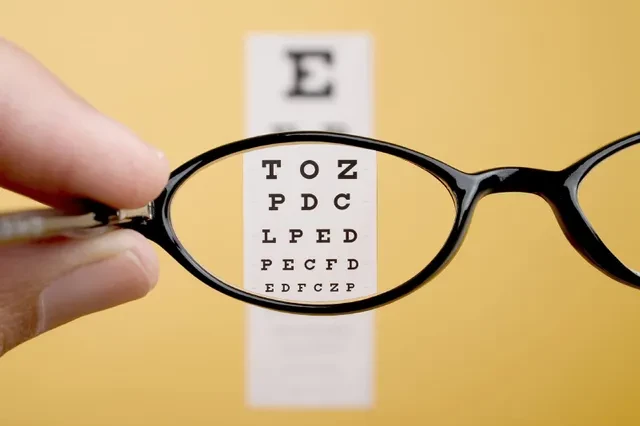
CHILDREN with visual impairment (VI) challenge the micro (family) and meso (school) systems in different ways.
They are indeed a social group of children that comes with diverse requirements that impels guardians, teachers and their typical peers to understand and appreciate them as human beings with provision, protection and participation rights.
The term visual impairment is indeed omnibus in that it includes persons who are blind and partially sighted. Both blind and partially sighted children are unique and diverse as individual children.
Blind children cannot see at all while partially sighted children have residual sight that can help them get by, by using assistive technology like glasses and the dolphin computer access.
It is the intention of this opinion piece to take an extended look at the diverse needs and rights of blind and partially sighted children and in the process proffer interventions that may assist guardians and teachers of children with visual impairment.
Blind children do not see at all. They may not have confidence in navigating new locations if they have not received any training in mobility and orientation (M&O).
M&O training for blind children may include, among other things, familiarising them with their new spaces by way of taking them to the toilet, library, classroom, school grounds, kitchen, tuckshop, borehole, administration block and helping them to understand directions like north, east, west and south, among other things. Mobility and orientation training can be done by peers, parents, specialist teachers or any other duty bearers.
The bottom line of M&O is to help blind children to be independent, productive, confident and interactive with their social and natural environments. Similarly, blind children can be taught to use assistive technologies like white canes, animal (dog) and human guides.
There are trained dogs that can help blind children to move from one space to another. In an environment where blind learners have received M&O, animal and human guides may be discouraged.
Blind children can also use computers with the JAWS software, talking phones and balls. In any teaching-learning environment blind children can benefit immensely from the use of Braille, buddy system and preferential sitting arrangements.
When a person loses a sense of sight and is clinically declared blind, he or she can largely benefit from the use of a multi-sensory approach which involves the auditory sense, kinesthetic sense, tactile sense, olfactory sense and gustatory sense.
A combination of the above senses need to be deployed to strengthen impact, for example in the absence of the sense of sight, the auditory sense becomes the keen or queen sense that is used to capture environmental sounds, the kinesthetic sense which involves mobility would enable them to move from one area to another, while the tactile sense would enable them to feel objects (texture-soft, rough, smooth) and the olfactory sense which is the sense of smell would be used to establish sources of different smells (toilet, butchery, bakery, kraal) and the gustatory sense which is the sense of taste would enable them to distinguish sugar from salt, honey from milk, meat from beans and sausages from vegetables.
Human senses are mutually constitutive and reinforcing, hence they need to be employed in the management of blind children. When having blind children at home or at school there is a need to introduce them to environmental changes and to visitors. Environmental changes are critical for additional M&O training and as for visitors, let them talk to the blind children so that they can associate their names with their voices.
Children who are blind can identify their teachers by their voices or perfumes that they wear. They can even sense their presence even if they have not orally introduced themselves through the power of the queen/keen senses.
Partially sighted children may need glasses, large print, buddy system, preferential sitting arrangements and adjustable desks to help them to get by. This social group is not composed of a homogeneous individuals but a heterogeneous group whose diverse and unique needs call for additional or extra support.
Partially sighted children need a lot of light to enable them not to strain when reading. Unnecessary straining of eyes when reading may cause incessant headaches. A teacher of both blind and partially sighted children needs to accompany whatever he or she does with as much verbal descriptions as possible.
They need an environment that is supportive, inclusive and promotive of physical, intellectual, emotional and social abilities in order to boost their confidence. Many a time children who are partially sighted are sequestered.
Most parents of children with VI regard sending their children to school like watering a neighbour’s garden, something that may not be of any economic value for them in times of rainy days, like when they are retirees.
The advice I give to parents of children with VI is that it does not affect their cognitive structures. In Zimbabwe, we have lawyers, commissioners, teachers, a senator, academics and leaders of civil society organisations who are blind. A disability in a family, is just like a bend on the road where everything will depend on how a motorist approaches the bend. If nature knocks you down, and you have not been praying it gives you an opportunity to kneel down to pray.
To that effect, a disability in a family is a fork on the road that exposes parents to parenting styles that recognise areas of gifting for a child with a disability.

